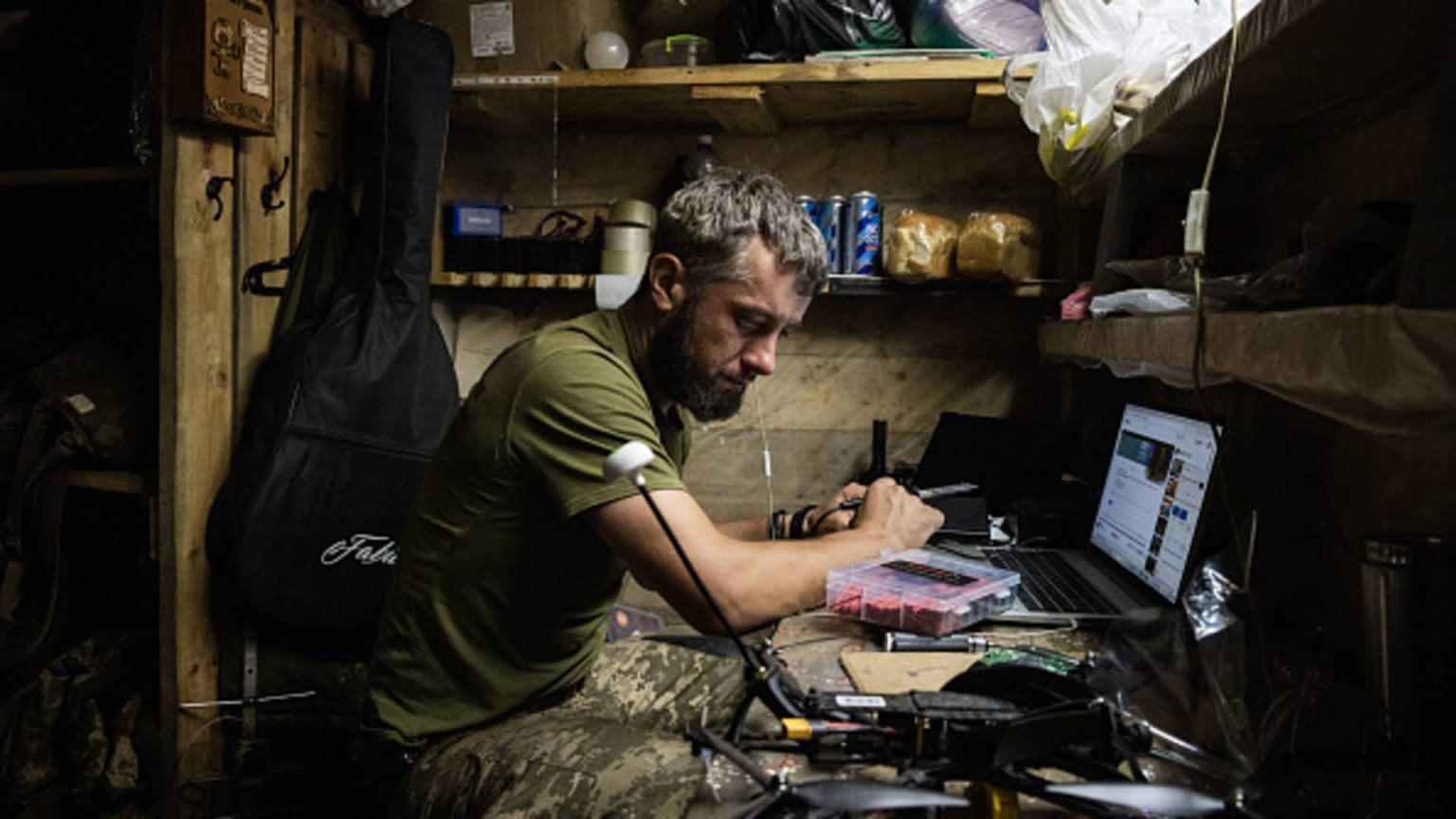Ukrainian forces have engaged in an incursion into Russian territory, with as many as 5,000 soldiers taking part in the operation that began almost two weeks ago. Since the raid began, Kyiv claims to have taken control of 82 settlements in the Kursk region, covering an area of 1,150 square kilometers. The focus of the assaults has been on key transport and fuel infrastructure in an effort to disrupt Russia’s ability to resupply troops fighting in eastern and southern Ukraine.
Over the past few days, Ukrainian forces have targeted strategic bridges and infrastructure in the Kursk region. Last week, a key bridge over the Seym river was destroyed, impacting Russia’s ability to transport equipment to the front line. Additionally, a Russian oil depot in the Rostov region that supplied oil to the military was attacked by Ukrainian forces. On Sunday, a second bridge in Kursk was reportedly destroyed by Ukraine’s air force, further hampering Russian supply lines.
Despite these attacks, Russia has not mounted a robust counter-offensive against the Ukrainian incursion. Even Russian military bloggers have criticized the military’s failure to anticipate the operation and the slow response to it. Defense analysts believe that the Ukrainian incursion is forcing Russia to redeploy forces from other areas, potentially requiring greater manpower and resources to contain the offensive in Kursk and mount a counterattack.
Ukrainian President Volodymyr Zelenskyy has stated that the primary aim of the incursion is to destroy Russian war potential and create a buffer zone to prevent further attacks on Ukraine’s border regions. He emphasized the importance of targeting Russian military assets, industrial complexes, and economy to prevent the escalation of the conflict and move towards a just peace. Zelenskyy also called on Western allies to expedite the delivery of weapons and ammunition pledged in military aid packages to support Ukrainian forces operating in Russia.
The Institute for the Study of War think tank noted that while Russian forces have been able to slow the Ukrainian gains in Kursk and start containing the offensive, a sustained Russian counteroffensive effort is likely on the horizon. This could require Russia to commit even more manpower, equipment, and resources to push Ukrainian forces back across the border. The exact extent of this response will depend on how heavily Kyiv’s military defends occupied positions in Russia and the timeline for a potential Russian counteroffensive is still uncertain.


